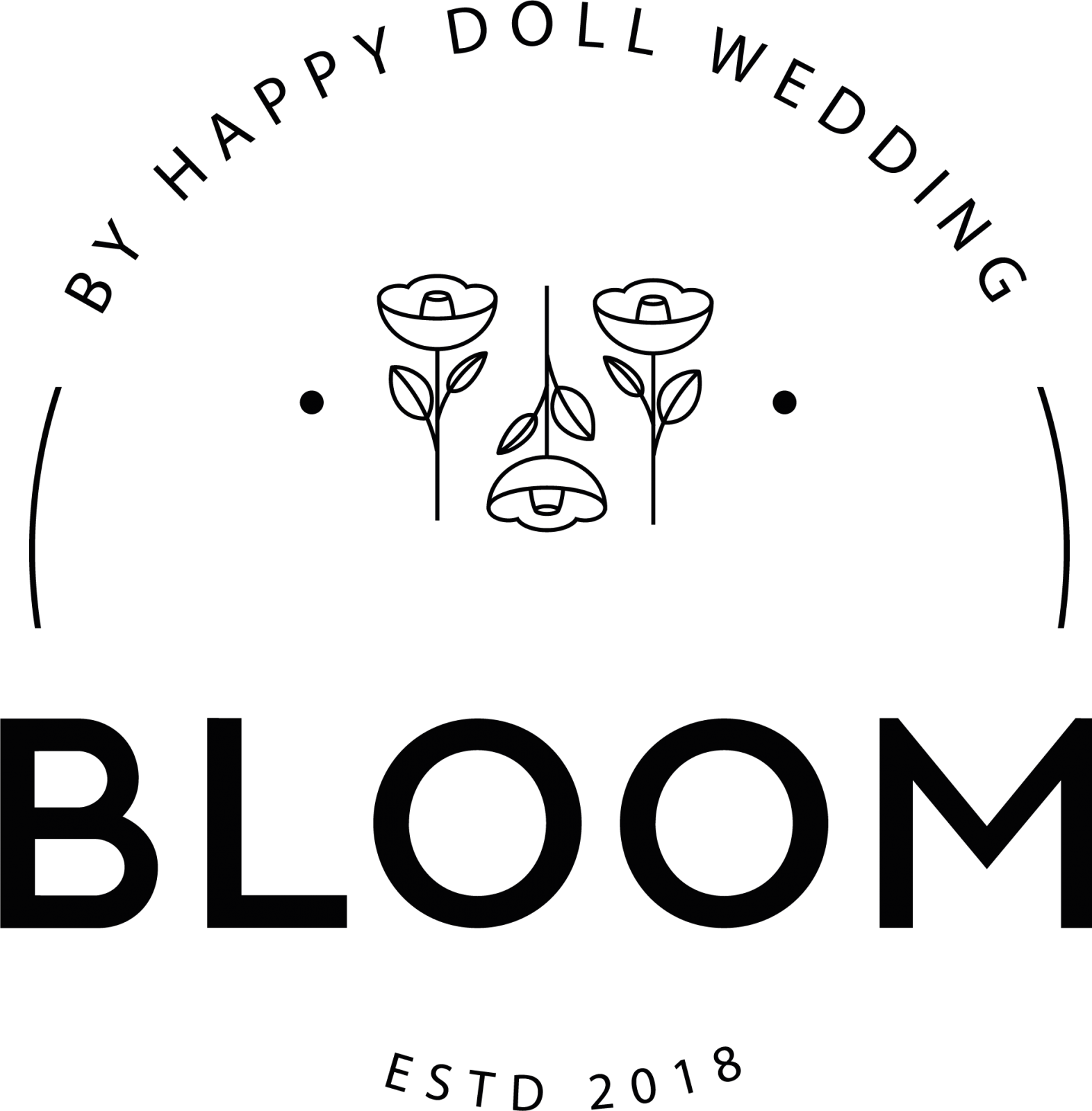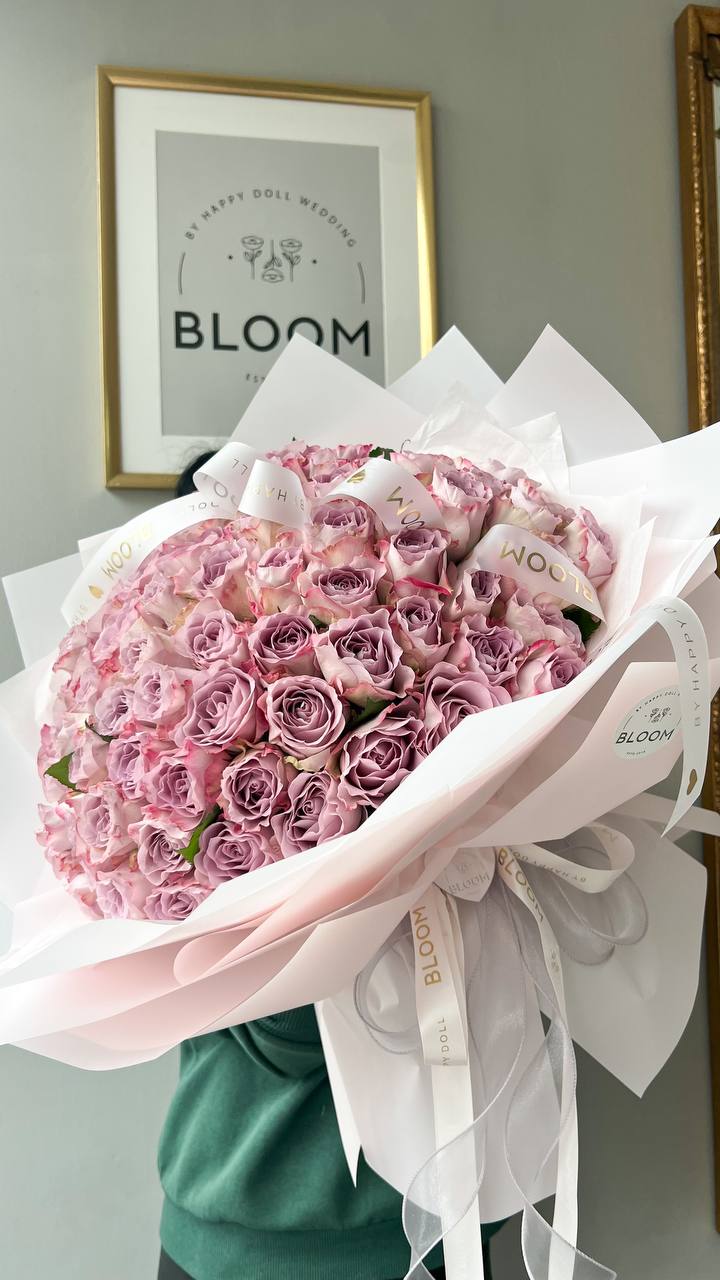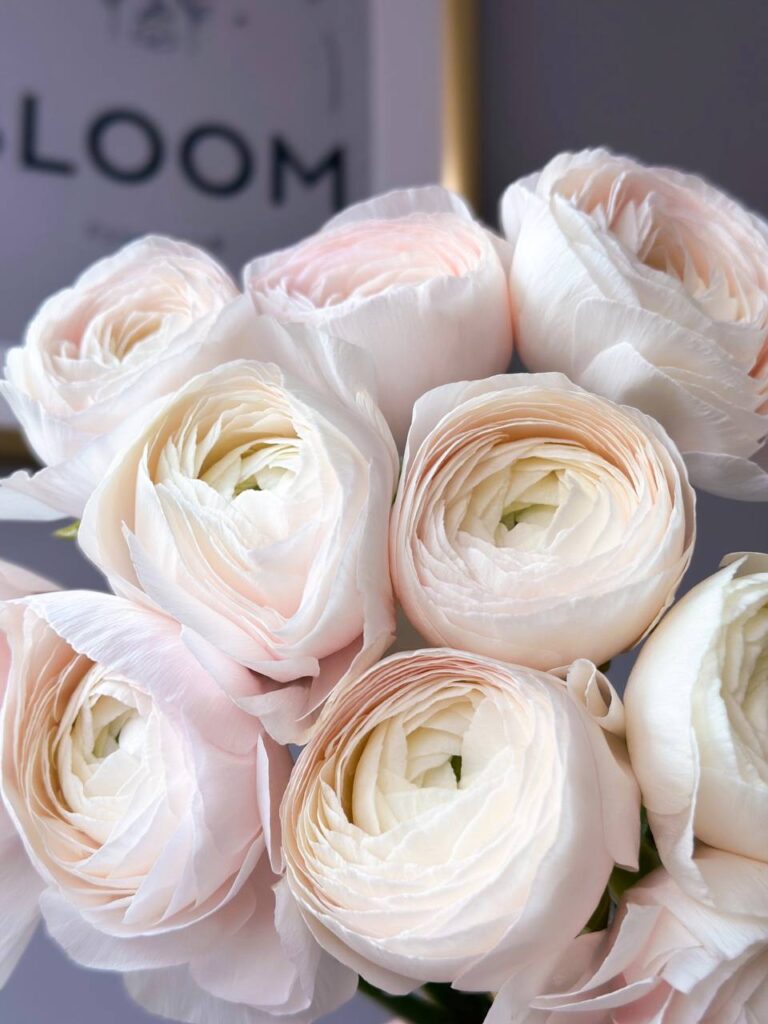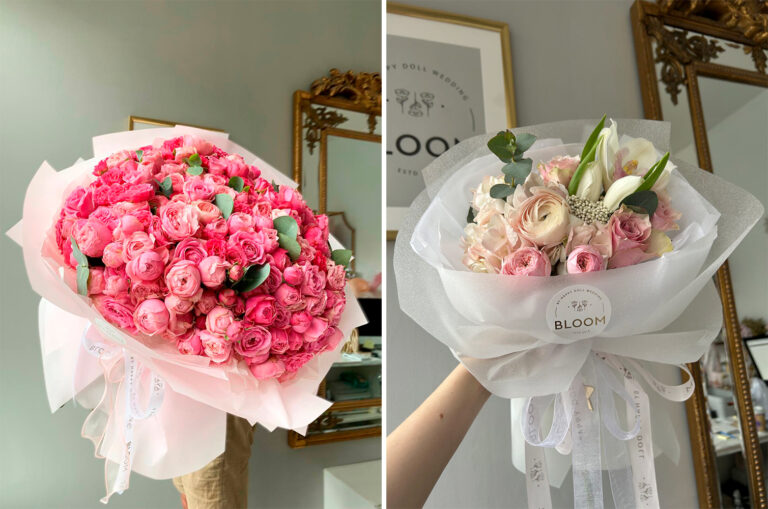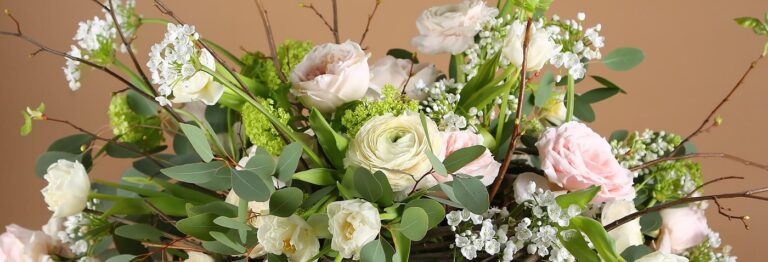
The Victorian era was a period when flowers were used to express feelings and convey messages, without always being said directly. This “language of flowers” or “floriography” became popular and each color acquired its own unique meaning. These meanings may vary depending on the specific context and regional characteristics. In modern society, people usually use flowers to express emotions and feelings, but do not always follow the strict rules of the “language of flowers.” Each flower has its own unique symbolism associated with certain feelings, values or events.
- Rose: Symbol of love and passion. Red roses are an expression of deep love, white roses are purity and innocence, yellow roses are friendship, pink roses are tenderness.
- Lily: Symbol of purity and sublimity. White lilies are associated with purity and innocence, while orange lilies are associated with energy and passion.
- Tulip: Symbol of spring and new life. Tulips, especially colorful ones, are often associated with the beginning of spring and joy.
- Orchid: Symbol of beauty and luxury. Orchids are often perceived as a symbol of elegance, beauty and luxury.
- Clove: Symbol of affection and respect. Red carnations can express deep affection, while white carnations can express respect.
- Chrysanthemum: Symbol of fertility and longevity. Chrysanthemums can symbolize fertility, long life, or even sadness in different cultures.
- Iris: Symbol of wisdom and faith. Irises can be associated with wisdom and faith, as well as the bulb, which represents power.
- Narcissus: Symbol of self-love and renewal. Daffodils are often associated with renewal and self-love, as well as springtime beginnings.
- Freesia: Symbol of purity and selfless love. Freesias are often associated with purity and the expression of selfless love.
- Hyacinth: Symbol of play and tranquility. Hyacinths are often used to express calmness and playfulness, especially in spring.
- Calla: Symbol of beauty and luxury. Calla lilies are often associated with beauty and luxury, and their graceful flowers add a touch of sophistication.
- Eustoma (Lisianthus): Symbol of long life and prosperity. Eustoma is often used to express wishes for a long and happy life.
- Delphinium (Cornflower): Symbol of new beginnings and sublimity. Delphinium is often used to express sublimity and new possibilities.
- Lilac: Symbol of love and memories. Lilacs are associated with love, and their scent often brings back memories of childhood and memories.
- Clematis: Symbol of intrigue and mystery. Clematis can be perceived as a symbol of intrigue and mystery with its complex forms.
- Ranunculus: Symbol of enchantment and admiration. Ranunculus are often associated with enchantment and admiration for beauty.
- Calla: Symbol of admiration and sublimity. Calla lilies are associated with admiration and sublimity due to their shape and beauty.
- Snapdragon (Leonotis): Symbol of protection and strength. Snapdragon can be associated with protection and strength, and its bright color adds energy.
- Gladiolus: Symbol of strength of character and honesty. Gladiolus is associated with strength of character and honesty.
- Astilbe: Symbol of a wonderful future and strong love. Astilbe can symbolize a bright future and strong love.
- Hydrangea: Symbol of prosperity and abundance. Hydrangea is associated with prosperity and abundance, and its large inflorescences attract attention.
- Peony (Paeonia): Symbol of wealth and prosperity. Peony is associated with wealth and prosperity, and its large, lush flowers are considered a symbol of sophistication and luxury.
- Gypsophila: Pure heart, pure hearted, frivolous
- Hypericum: Magnificent beauty, Attractiveness, Revival, Pride
- Eucalyptus: Fortitude, Security, Lust for Life
